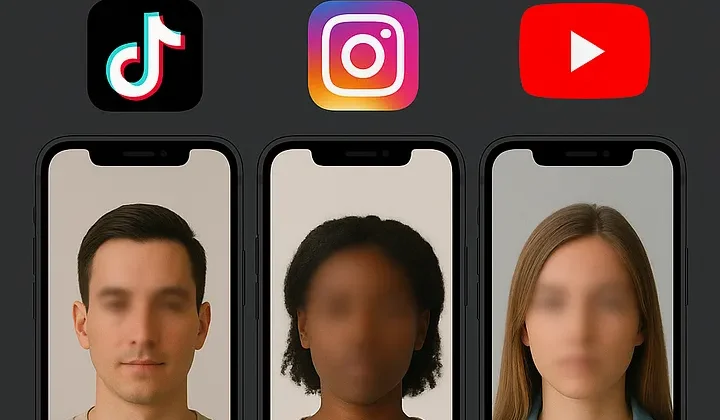The Platforms Never Really Loved Creators — They Just Needed Them
For the better part of a decade, creators were the beating heart of social media. They gave platforms a reason for users to come back: personalities with a point of view, communities built on trust, and content that felt human.
In return, creators were offered distribution tools, algorithmic reach, and — in some cases — a cut of the revenue.
But let’s be honest: platforms never really loved creators. They tolerated them. They needed them to scale. And now, they’re working to replace them.
With the rise of AI-generated content and hyper-optimized algorithms, we’re seeing platforms double down on what they truly value: content that’s cheap, controllable, and infinitely scalable. Not personality, not authorship, not originality — just output.
From Influence to Interchangeability
Today’s platforms aren’t optimizing for creator-driven content. They’re optimizing for performance content. The kind that generates views, sparks comments, loops endlessly — but doesn’t require a face, a name, or a payout.
TikTok is full of faceless compilations, AI-voiced listicles, and recycled Reddit drama. These videos generate millions of views without anyone asking for credit — or compensation.
Instagram’s Reels feed has shifted toward remixable trends. Templates, lip-syncs, and crowd-tested formats outperform the kind of work that once defined the platform. Photographers, illustrators, storytellers — creators with an actual point of view — are getting pushed to the edges of the feed.
And then there’s YouTube. Long the most creator-aligned of the major platforms, it built its reputation on revenue share and fan-funded careers. But even YouTube is changing. As reported recently by Fast Company, Shorts are now the centerpiece of the platform’s growth strategy. And with that shift comes a new creative emphasis: short-form, trend-driven, de-personalized content optimized for repeat viewing — not necessarily for loyalty, depth, or discovery.
The new model is clear. Platforms don’t want to hire the show. They want to be the show.
AI Is the Final Step
These shifts aren’t confined to video. Google’s new AI search experience is already transforming how the web is accessed. As Bloomberg recently reported, independent publishers are watching their traffic collapse. Instead of directing users to well-researched articles, Google now serves up AI-generated summaries that often skip the source altogether.
The old bargain — “create good content, and we’ll send you traffic” — is being replaced with something colder: “thanks for training the model.”
The implications are obvious. Content is being stripped of its origin. Creators are being disintermediated by their own output. Platforms are moving toward a world where value accrues not to those who make, but to those who aggregate and repackage.
AI doesn’t need royalties. It doesn’t need rest. It doesn’t demand credit or control. And that’s why it’s winning.
What Happens Next
None of this means creators are going away. But the relationship has changed. Creators are no longer partners. They’re content vendors on rented land — expendable, replaceable, and increasingly sidelined by the very systems they helped build.
The challenge now is resilience. For creators. For founders. For anyone building a business in the attention economy. Diversify. Own your audience. Build systems that don’t depend on platform generosity.
Because the platforms are evolving. And their love was never unconditional.
